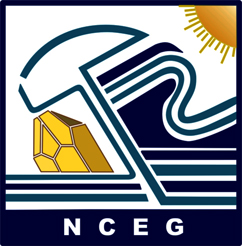Establishment of Pakistan Strong Motion Instrumentation Program (PkSMIP) and first shake table test on RC bridge column
Syed Mohammad Ali 1, Anthony Shakal 2 and Shahzad Rahman 1
1Department of Civil Engineering, University of Engineering and Technology, Peshawar, Pakistan
2California Geological Survey, Sacramento, USA
Earthquake Engineering Centre (EEC) at department of Civil Engineering is working on the establishment of Strong Motion Program (PkSMIP), in the strong motion sensors will be installed on broad category of structures across various regions to record their seismic performance during earthquakes. This hi-tech project, fully funded by HEC, would be the first of its kind in Pakistan. Since this project is unique in Pakistan, EEC Peshawar had Technical assistance from California Geological Survey (CGS) program called California Strong Motion Instrumentation Program (CSMIP). The National Academies of USA through USAID sponsored exchange visit program of the authors in order to benefit from the vast experience of CSMIP, an organization maintaining network of thousands of sensors in California for many decades.
With regard to establishment of PkSMIP, various technical issues were addressed which started from fixing the objectives of strong motion instrumentation a key factor around which everything revolves, planning, instrument documentation, installation, selection of structural systems, selection of structures within a class of structural system, geographical distribution of structures, selection of installation points on structures, optimization of sensor quantity, selection of suitable location of digitizer, security issues and routine maintenance, data collection, data dissemination, etc. The first author visited the CSMIP headquarters in Sacramento, California, and met with key team members of CSMIP for first and information on all these issues. Besides this meeting the author met Prof. Wilfred Iwan of CalTech, Pasadena in Los Angeles, and Prof. Anil K. Chopra and Prof. V. V. Bertero of UC Berkeley in broader context of earthquake engineering.
EEC houses a uni-axial shake table (seismic simulator) with payload of 8000kg, acceleration capability of ± 1.1g, velocity of ±1.1m/s and displacement of ±125mm at 4000kg nominal loading. This seismic simulator was installed in December 2005 and first ever shake table test of Pakistan on indigenous RC bridge column was done in November 2006. The scaled down model was tested against October 08, 2005 earthquake, recorded at Abbottabad. Various issues, such as scaling, fabrication, instrumentation and testing with regard to this test are highlighted in this paper. |

